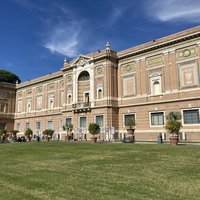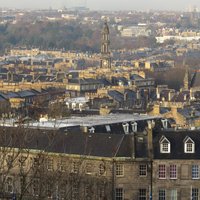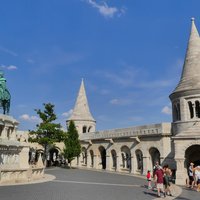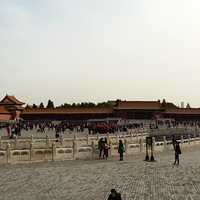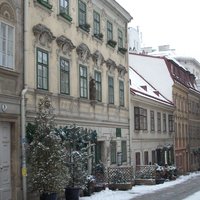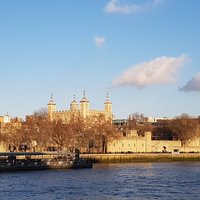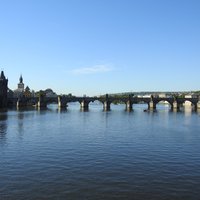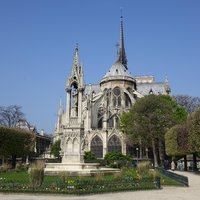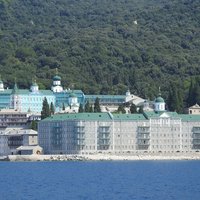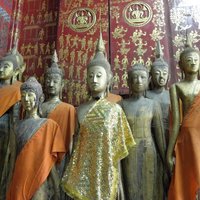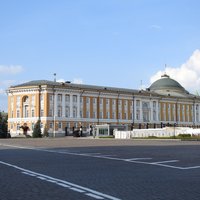Connected Sites
-
Papal Tiara and other regalia
-
The Scottish Crown Jewels are on display in Edinburgh Castle
-
The Crown Jewels of Hungary are on display in the Parliament building
-
Beijing: The most important item for the assumption of the throne were the Imperial Seals, which gave the emperor the mandate of heaven authority. These are kept either in the Forbidden City or the National Palace Museum. Numerous crowns, robes, jewels and headwear made especially for coronations and other official events. They usually contain very large Manchurian pearls and most date from the Qing Dynasty (wiki)
-
The Austrian Crown Jewels (Insignien und Kleinodien) are kept at the Schatzkammer, the Imperial Treasury located in the Hofburg Palace. They are a collection of imperial regalia and jewels dating from the 10th century to the 19th. They are one of the biggest and most important collections of royal objects. The treasury includes The Insignia of the Austrian Hereditary Homage. the crown Jewels of The Austrian Empire, The Habsburg-Lorraine Household Treasure, The Imperial Regalia of the Holy Roman Empire (including the Holy Crown of Charlemagne, the orb, the sceptre, the Holy Lance, The Burgundian Inheritance and the Order of the Golden Fleece, The Crown of Skanderbeg (Albania)
-
The Crown Jewels of England, and those added since the Union of the Crowns in 1603
-
The jewels and the Crown of saint Wenceslas of Bohemia are kept in Prague Castle and are displayed to the public only once every (circa) eight years
-
The surviving French Crown Jewels and main regalia including a set of historic crowns are principally on display in the Galerie d'Apollon of the Louvre
-
The crown of the Byzantine emperor Nicephorus Phocas (963-969) is in the Great Lavra monastery on Mount Athos
-
The regalia of Laos are kept in the Royal Palace Museum
-
The coronation regalia, such as the Great Imperial Crown, the Imperial Orb of Catherine II the Great, the Imperial Sceptre with the Orloff Diamond, the Shah Diamond, and others are kept at the Kremlin Armoury in Moscow
-
The only surviving part of the Polish Crown Jewels is from the Piast dynasty and consists of the coronation sword known as the Szczerbiec. It is currently on display along with other royal items in the Wawel Royal Castle Museum, Krakow
-
"The Silla crowns are some of the most spectacular treasures uncovered in the tumuli of Gyeongju. The best of the crowns are made of pure gold and were probably reserved for kings. The use of many tiny gold mirrors dangling from the crown has led some to hypothesize that the crown, worn in sunlight, would be a dazzling spectacle reinforcing the tradition role of the Silla king as the symbolic representation of the sun on earth." - wiki
-
The Ducal hat of Styria is kept in the the Landesmuseum Joanneum (now the Universalmuseum Joanneum )

